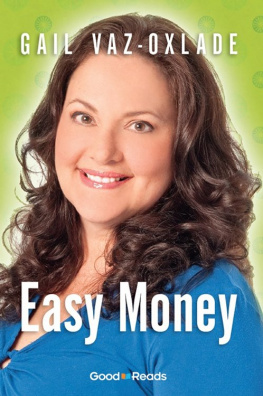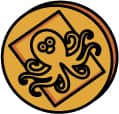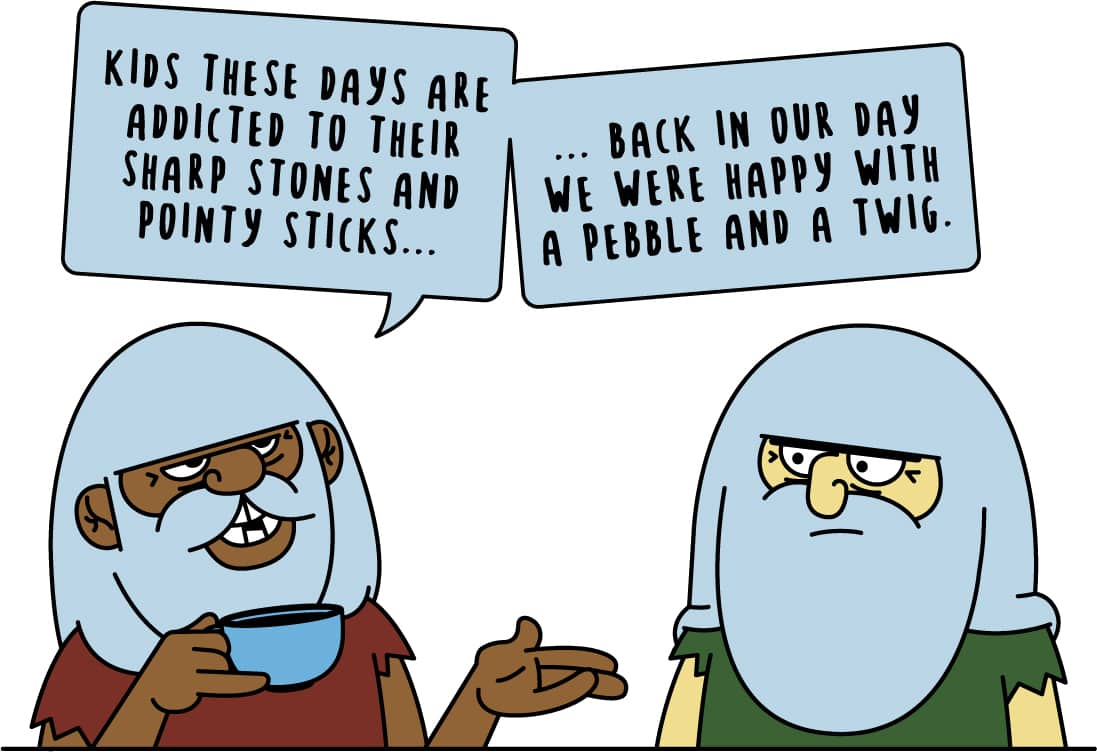Contents
Page List
Guide
Cover
FROM BARTERING TO BITCOIN
Clive Gifford and Rob Flowers
CONTENTS
INTRODUCTION
Cash, moolah, dough, green... Whatever you call money , theres a lot of it about, yet never quite enough of it in your own pocket.
Just how much money is out there? Well, theres an estimated 36,800,000,000,000 (36.8 trillion, or 36.8 thousand billion) US dollars out and about, circulating as banknotes, coins, and in easy-access bank accounts. Thats just the tip of the iceberg...
Most money in the world is held electronically, stored on computers or flowing around computer networks. Trillions of dollars more are held in investments.
Money is an imaginative HUMAN INVENTION . Its the idea of using something with an agreed value thats accepted by people to make buying and selling easier. That something can be almost anythingfrom tea, cheese, and beads to cows, dirty great rocks, whales teeth, and even children (those Aztecs were pretty mean).
Money also makes it easier to measure and compare. It allows people to put a price or value on objects or work they carry out.
This book takes you through moneys amazing journey, from mighty, moneyless empires to the pizzas worth $465 millionalong the way checking out historys wealthiest individuals, how banks make money from money, and what the future might hold for money and you.
So, lets start our tale of money by rewinding to when there was none whatsoever.
A TIME BEFORE MONEY
Imagining life without money can lead to brain ache. Think about it for a little while. Bet all sorts of questions pop up in your head.
Well, back in the day (were talking more than 12,000 years ago), there were no zucchinis or computers, nor were there governments, taxes, or shops. A day out at the mall or market simply wasnt happening.
Early people lived their lives as wanderers called NOMADS . They roamed the land, hunting animals and birds, and gathering plants, fruits, seeds, and roots to eat.
When you dont have a home and are constantly on the move, its funny how little stuff you need. Not much more perhaps than an animal skin to keep you warm, sharp stones to cut and scrape, and a pointy stick to hunt and defend yourself.
This style of life continued in some parts of the world to this day. Handfuls of isolated tribes, like the AWA in the Amazon rainforest and the SENTINELESE in the Indian Ocean, still hunt, gather, and live without money. Other peoples with no money prospered in the past by using PRESENTS .
The zucchini was developed from American squashes by gardeners in Italy only a couple of hundred years ago.
IT'S A GIFT
We all like to receive GIFTS . Most of us like to give them, too. Some people in the past relied on gift-giving to cover their needs and those of others.
For instance, giving gifts of food that had been hunted or gathered that day acted like INSURANCE . Even skilled hunters gave, so they wouldnt stay hungry if they had a bad day at the office the next day. (And when I say office, I mean out on the plains or in forests or rivers.)
A lot of GIFTING did the giver good in the eyes of others, building their status and power.
Gifting may have continued long after some humans began SETTLING down around 10,000 years ago. Instead of wandering around, people started staying put, farming the land, and raising livestock. As a result, the amount of stuff they owned started to e x pa n d greatly.
Some tribes and peoples made gifting COMPULSORY . They gathered together everyones spare crops and goods and then handed them all out. The HAUDENOSAUNEE Native Americans, for example, had a council of senior women who decided who got what from their crops, all stored in wooden longhouses.
Thousands of miles south, the INCAS went further. This mighty South American empire had no money, markets, or traders whatsoever. Instead, Inca rulers gave people work to do and supplied them with food, tools, and other basic goods like clothes. The system was called
































